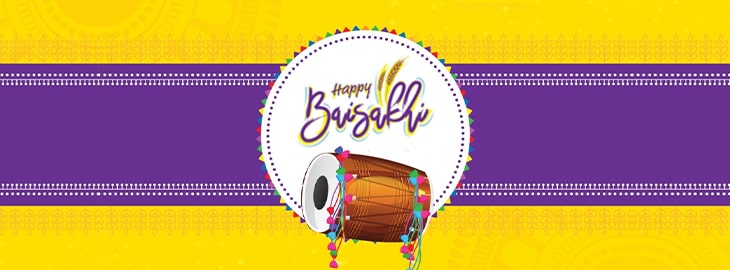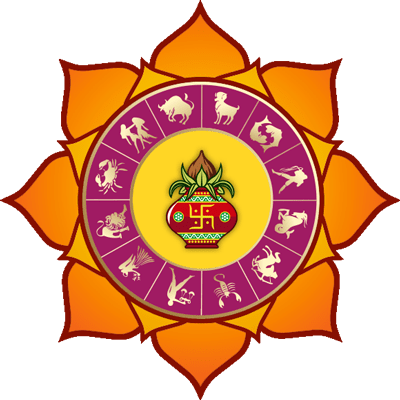
Baisakhi
Get Baisakhi 2024 date for New Delhi, India. Baisakhi or Vaisakhi is the festival celebrated as Sikh New Year among Sikh community, majorly popular in Punjab of India.
Baisakhi 2024
When is Baisakhi in 2024?
Sat
13th
Apr
Baisakhi, the harvest festival of India which marks the starting of Sikh New Year as per Nanakshahi Solar calendar. It is hugely celebrated by the people of Sikh society. Every year Baisakhi falls on the 1st month of Bikram Samvat in Hindu Panchang. Moreover, in India Vaisakhi is especially popular in Punjab. This is the day when the 10th Guru, Guru Gobind Singh recognized Holy Khalsa in 1699.
Story behind Baisakhi
It is believed that in pristine time, Guru Teg Bahadur beheaded by Aurangzeb (The Mughal Ruler) publicly. As he was the one who stood up for the rights of Hindus. After the demise of Guru Teg Bahadur his son Guru Gobind Singh became the next Guru. In 1650, Punjab was in panic and was facing the corrupt rulers where people were given no rights; neither there was any law, nor justice. Especially, the weak were suffering quietly and constantly. Therefore, this is the day when Guru Gobind Singh wishes to instill the courage and strength among all. He summoned a group of Sikh people to assemble at Anandpur. At this meeting, he raised his sword and asked people to come forward to take the challenge, raise their voices against unjust, and who are always ready to die for the truth. Finally, the 5 Sikh stood up who are known as the Panj Pyare (The Five Beloved Ones) by Guru Gobind Singh. Then instead of killing, Guru Gobind Singh baptized them and the 1st function of Amrit initiation held.
The Five K’s
The group of five men (The Panj Pyare) is comprised of five symbols i.e. Kangha (comb), Kesh (uncut hair), Kara (a steel bangle), Katchera (underwear), and Kirpan (sword).
The Name of Five Panj Pyare
- Bhai Daya Singh
- Bhai Dharam Singh
- Bhai Himmat Singh
- Bhai Muhkam Singh
- Bhai Sahib Singh
Baisakhi Celebration
The Vaisakhi or Baisakhi celebrations are mainly centered at Gurdwaras and in the open fields doing Bhangra and Gidda dance.
Furthermore, it will be celebrated as below:
- In the morning, people wake up early and attend special prayer meetings at Gurdwaras.
- In Gurdwaras, the sacred book is given a symbolic bath with water & milk.
- The sacred book is then placed at its special padding with care.
- After that, it is read out where the followers listen to it carefully.
- Also, on this day a special sacred nectar or Amrit is ready in an iron vessel and is distributed amongst the devotees after the verses are chanted.
- According to the tradition, the devotees sip the Amrit five times in a row.
- At noon, after Ardas, the sweetened semolina (Karah Prasad) is ready and offered to the Guru to seek his blessings and is distributed to the congregation.
- Finally, it is carried by an arrangement of Langar.



